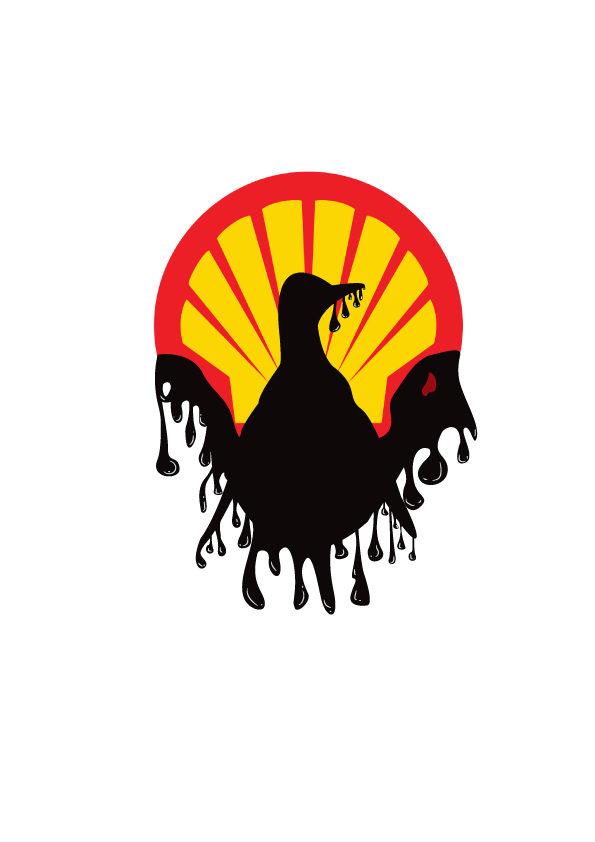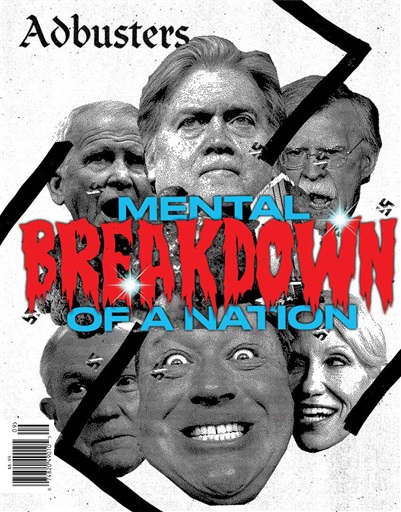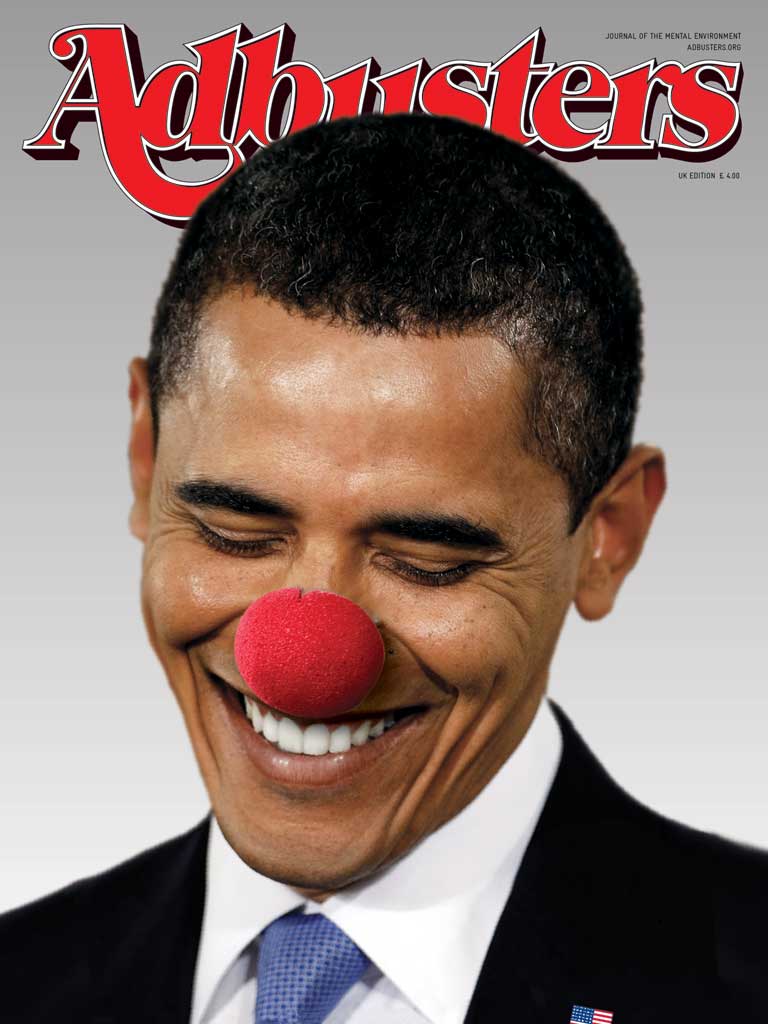
mid-shot
Alfred Hitchcock is a movie director who directed the birds and psycho
Mise-en-scene includes
shoulder length hair also seems sensible
brunette
well presented with a sensible hairstyle
brown eyes
attractive middle age women, hegemonically attractive
Bold text saying "Woman" stating that this is the hegemonic norm of women of 1964. The style of the font of the masthead is serif, and handwritten, suggesting the mode of address is friendly, the model is also smiling with pearly white teeth, with a fake smile.
Additionally the way she looks at the audience perhaps shows she is relatable, being relatable means that she is not dressed in beauty as if she is going to a party but rather just going into town or something, suggesting that the target audience isn't well educated and has low self-esteem
"Seven Star" shows signs of exaggeration to show how great the magazine is. Stereotypically suggesting women should be in the kitchen "improvements for your kitchen"
aimed towards working class, straight, age 30-50 women
Pinkish background enforces it's for women
"are you an a-level beauty?" is a direct mode of address, making the target audience feel bad about themselves
Binary opposition: Dark background vs the Yellow banner on the front
- Woman magazine is published weakly
- Published by a company called the IPC
- Still sells magazines to this day
- Cheap magazines 7d = 80p
- Genre of this magazine is women's lifestyle
- Woman magazine is aimed at a broad audience
- It's circulation was 3 million copies
 Socio-Historical context
Socio-Historical context
what was going on in society at the time
Content:
- 'extra special about men' assumes the audience like men, therefore are women
- 'knitting' assumes the women enjoy to knit and all women do it
- 'gardening'
- 'back to school clothes' suggest that the target audience are mothers and are straight
- This magazine has a heteronormative theme
Documentary
more women going into higher education
26,000 women were now going to University by 1960
Women's rights were very popular by the end of the 60's
wanted equal pay
--------------------------------------------------------------------------------------------------------------------------
Ideology: The beliefs of the producers that they are trying to give out through their products
The producers ideology is that all women should be housewives
Hegemony: A widely held belief for a certain people group
Women belong in the kitchen according to the front cover
Anchorage: Words that go along with an image to give it a specific context
"Seven star improvements for your kitchen"
David Gauntlett: theories of identity
pick and mix theory: audiences can select which ideologies suit them, and completely ignore the elements of the product.
"so any girl can assemble it quickly"
--------------------------------------------------------------------------------------------------------------------------
Reinforcing Hegemonic Norms
- That there are very specific roles women should follow (women are good at cooking). That they should be loyal to their husbands/that they are heterosexual. "Are you an A-level beauty" suggests that all women aren't beautiful unless they read such magazines as the Woman magazine. Women have plenty of spare time. Women have to wear make-up, in order to be attractive, you've got to be young
- Heterosexual women, but possibly appealing to men as thats how the male genders would've wanted women to be like in 1964. It enforces what the hegemonic norms were in 1964
The magazine encodes certain stereotypes that if you do not follow in society, you will not be accepted in society.
There is a reality to stereotypes, if someone is told something a numerous amount of times, this will enforce that 'belief' more and more. For the magazine, it reinforces a women's place in society, it reinforces patriarchal hegemony. Stating men are better than women, with the magazine also produced by men.
Voyeurism: Taking pleasure in watching someone or something
The magazine gives women the pleasure of social interaction, talking about it with your friends
bell hooks: Feminist Theory
- argues that feminism is a struggle to end patriarchal hegemony and the domination of women
- Feminism is not a lifestyle choice; it's a political commitment
- Race, class and gender all determine the extent to which individuals are exploited and oppressed
Advertising in magazines
- 1/3 of total revenues across the industry are advertising, it is therefore vitally important that the magazine and advertising content target the same audience in order that the advertising brands benefit from increased...
Analyse the ways in which the advertising in Woman constructs stereotypical representations of women, for example:

- Women's place in the home - wife and mother
- Women don't make important decisions
- Women are dependant on men for acceptance and protection
- Women as sexual objects, and inferior to men
-------------------------------------------------------------------------->
- The copy adopts a direct mode of address which is friendly
- This soaps will show you kindness, like a gentleman
- The very first sentence is an example of interpolation
- This advert makes big claims about what women actually are, that you are not attractive if you don't buy the soap
- She is stereotypically attractive, full breasts, slender body, hourglass figure.
- Her body is being used to sell the body, that if you use the soap, you'll get her body shape/style
- She is an aspirational figure
- The advert is not meant to sell a product but rather a lifestyle, that of course appeals to men.
- Sexual objectification, all we know about her is a object purpose, only for the product to be used upon.
---------------------------------------------------------------------------

- Man is pleased by how the woman looks after putting on the make up. Sexual tension, in some ways this advert is subversive, she potentially is rejecting this man, or rather that he is stalking the woman.
- Serif font "beauty at a moment's notice..." suggests a stereotypical feminine type of beauty of it, aimed towards women, also a tagline and suggests it's easy to use.
- Assumes that the only thing women are shopping for is make-up and are doing it everywhere they go.
- The layout is much like a comic and presents a storyline, the use of panels creates a sequential narrative
- The title being at the bottom supports the z-line theory, presenting everything in a straight possible way
- "at a moment's notice, putting on make-up is hegemonically the right thing to do, it assumes that women not wearing make-p is not attractive
- This advert creates a clear insecurity to the target audience, manipulating the audience, thinking that they are ugly.
- The compact mirror is an essential part of the narrative, suggesting that she can see the man and is smiling
- Being in black and white suggest classiness, restoration of the equilibrium, presenting as if it's the happy ending of a romantic film, intertextuality
How can the ad effect men?
- Men are expected to approach women, and women should not approach men
- Men cannot wear make-up and women should
- Men should be constantly formal, wearing suits and looking professional all the time
Pros to stereotypes
- Provides a solution to make certain people groups happier
- Allows producers to target a target audience
- It makes it much easier to make a product
- Can be used to make a profit
- In a patriarchal society, women are safer, don't need to go to war and have men to protect them
- Uniformity, can make life a lot easier
- It is possible to have a positive stereotype, e.g men are strong "man up"
- Stereotypes help us make sense of the world
Brand identity
How businesses presents itself to its consumers and how it wants to be perceived
Vogue has more sexual connotations with thick lips and styled out eyes that are sharp
Woman is less sexual and more aimed towards women who have gone through that hegemonic age of looking for men and are rather housewives.
High production values
On vogue, the focus is on the model, the text blends in with the dress so it doesn't distract you from the woman
Woman magazine, cover lines are very large and visible
Vogue assumes that the audience has cultural capital as they should know what the price is, since you need to squint to see the price
Vogue is more full colour and glossy, whereas Women is more dull
Vogue is £4.50 and Woman is 50p.
Direct Mode of Address for Woman is aimed towards working class age 30-50

- Vast majority of the magazine is on women however this article is on men. This is not however a regular feature.
- The enlarge font of "MEN" suggest men are superior
- This article's purpose is how to get it's target audience (heterosexual women) a man.
- The representation of women is Woman magazine are fairly stereotypical
- The reason being that women are meant to make happy. This article reinforces patriarchal hegemony
- This article reinforces binary opposition
- The advice in the article is accepted by the reader, showing Stuart Hall theory of reception.
- The article is giving the audience vital information
- The man doing his tie reinforces a man in his right place and a woman in his right place
- A critique of arrogance, "'Man's is creations masterpiece but who says so?' -Man", Taking the piss out of men
- On the dominant image, it shows the woman having power, Subverting stereotypes of patriarchal dominance, and the man is doing a stereotypical woman pose. There is also binary opposition with the man wearing black and the woman being in white.
























 Denotations: everything you can see
Denotations: everything you can see